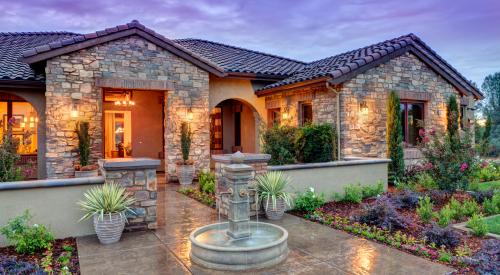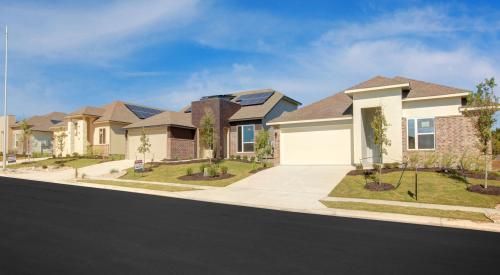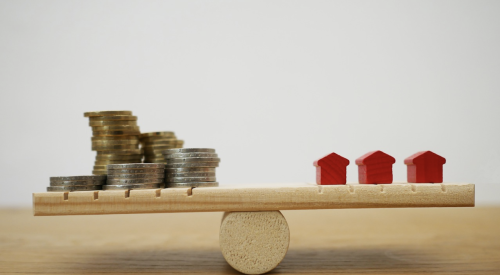Matt joined Neumann Land Development, his father Mark’s company, after graduating from Wisconsin Lutheran College in 2004 and started two new businesses during the ensuing recession: Tim O’Brien Homes—an affiliate company in Pewaukee, Wis., and a recent Silver winner of the National Housing Quality Award—and SunVest Solar—a solar energy installation company. In addition, he is president of Wisconsin Solar Energy Industries Association and leading the opposition to state utilities’ bid to add fixed fees that could increase monthly electric bills for customers whom use renewable energy.
Q: How did you prepare for the rebound?
A: From a land development perspective we did a lot of studying during the downturn to figure out which markets were performing so that when the recession was done, we were investing in the right locations that can perform well when we get into the next recession. We tried to capitalize on opportunity in market areas that made financial sense. When the market returned, we wanted to make sure that when we are making those large, long-term investments they are in locations where we feel confident that not only will they perform well in a good market, but they will perform reasonably well in a slower market. We intentionally shifted our markets into what we believe are really just A markets. From a home builder perspective, our whole strategy was based on hiring and training the right team of people. We invested a lot of time, energy, effort and resources in bringing on the best team of experts in our industry so when the market rebounded, we got the best people in the market place on our team capitalizing on those market opportunities.
Q: How do you combat the perception that solar carries high upfront cost, requires a long time to recoup investment, and is affordable for some as long as there is a government subsidy?
A: The good news is those perceptions are fading for people who are actually doing their homework. I would say that was true back in 2009 and 2010. Anyone who has looked at it in the last two years realizes that costs are down about 70 percent from five or six years ago. We’re one of the few industries in all of development where costs have come down dramatically and continue to come down. (Solar) is something where for a standard home in Wisconsin, with about an $8,000 to $10,000 investment, you can produce all the electricity that your home needs for the next 25 years. In terms of a payback, it’s anywhere from five to seven years, but the system lasts for 25 years. So if you ask yourself today if you can pay for something that will pay you back in five to seven years and it’s going to last you 25 years, and it’s also a hedge against future energy increases, and it’s clean energy, is that something you want to do, that answer is usually a resounding yes. We actually feel better about it today than we did five years ago and I think the future for solar are incredibly limitless right now.
Q: What are your biggest challenges with buying and developing land?
A: The biggest challenges by far are cost increases. It’s been really hard coming out of the recession where we were buying lots at prices that were truly under the cost of development. You weren’t even paying for the land; you were just buying bank owned assets. Now you not only have to buy vacant land, you have to build improvements, and the improvements today are more expensive than they were prerecession. Back in the peak in ’06, installing a foot of road was less than it is today by quite a bit. On the homebuilding side, the cost of labor has gone up, the cost of materials has gone up, and I think that is holding demand back dramatically. Every company up and down the food chain in land development and homebuilding, every step along the way, everyone wants to recover their margin before they grow. I don’t blame them for that. They want them rebuild their balance and income statement before they get to a point where they invest in new employees but that is holding demand back dramatically.
Q: What is Neumann Companies working on next?
A: We have the three core businesses, land development, home building and solar, so for us as a group of companies, I think what’s next is diversification because right now single family construction and single family land development are really good markets to be in but we have a fairly long term memory about what happened between ’08 and 2011. So we’re already looking toward the next market correction, which could be a year, two, or three away. It’s probably going to be tied to when interest rates start going up and slows the market down. So rather than expanding our operation within the existing businesses, with the exception of solar because there is a lot of opportunity for expansion there, but we’re looking for diversification opportunities, so what other market segments might we want to get in that are good complements to what we already have. What really ties our three businesses together is our environmental responsibility and we believe any industry that has an opportunity to go through a sort of environmentally friendly future, we think those are areas where we can participate.












